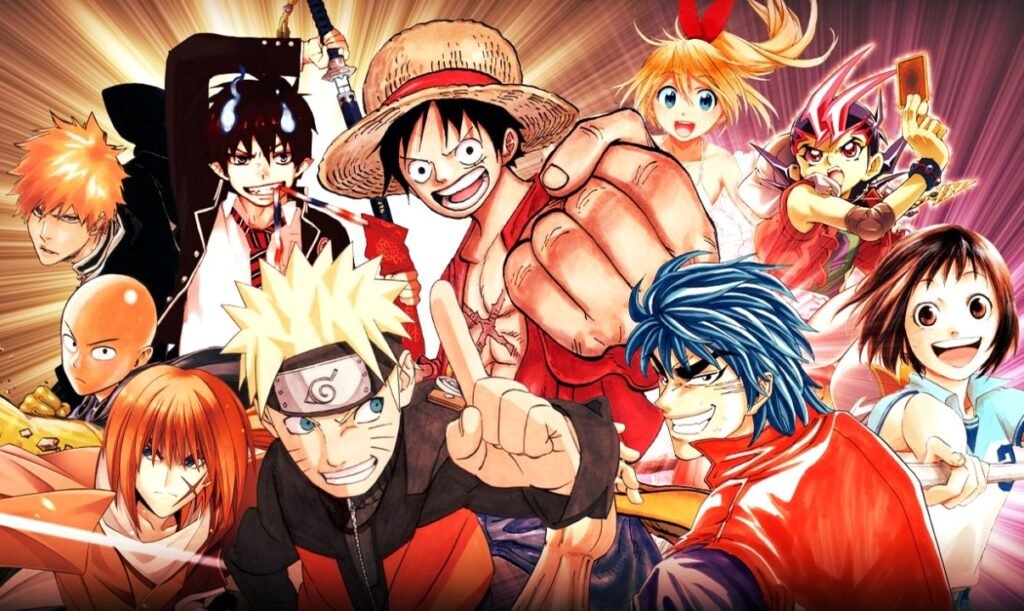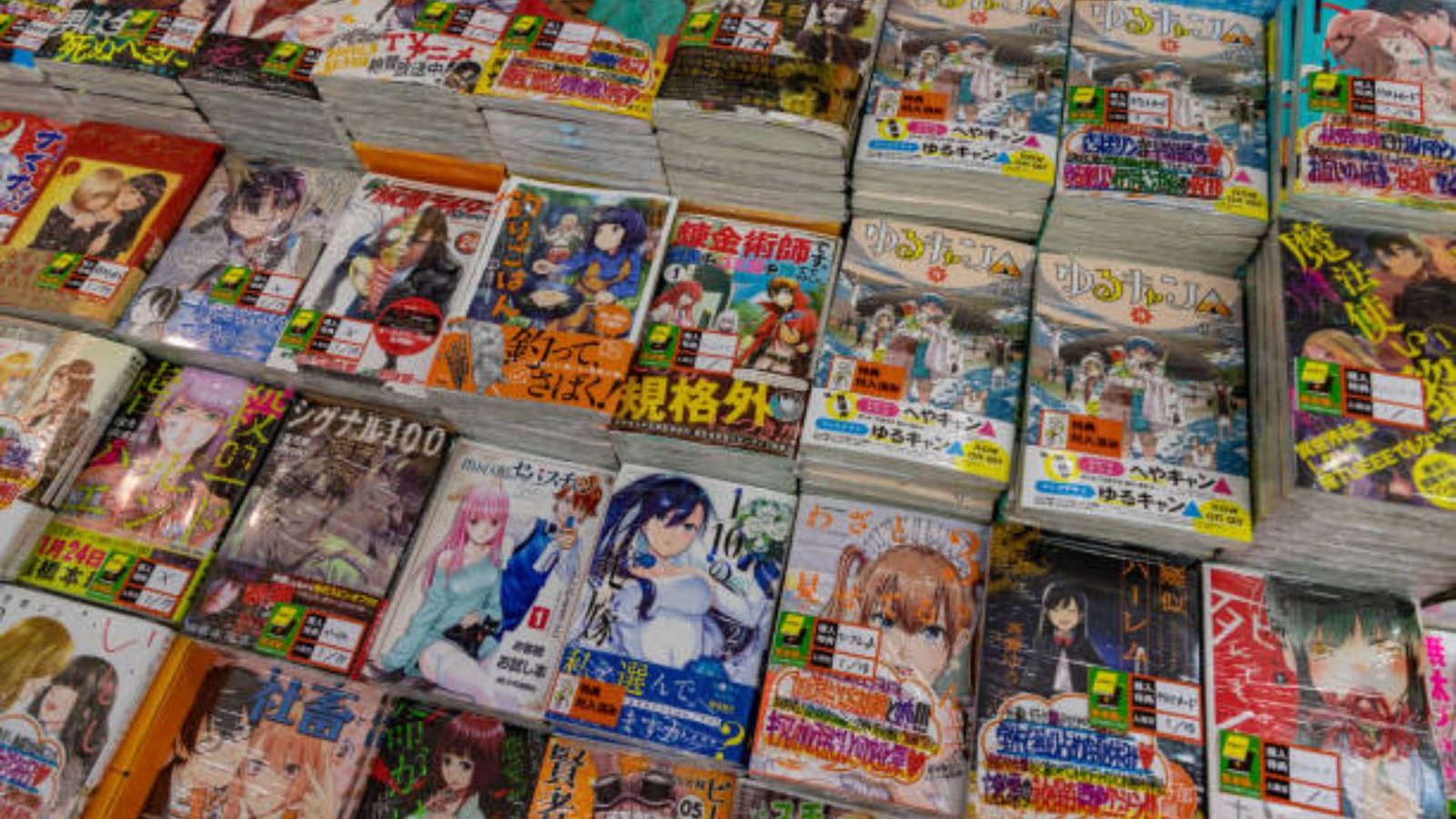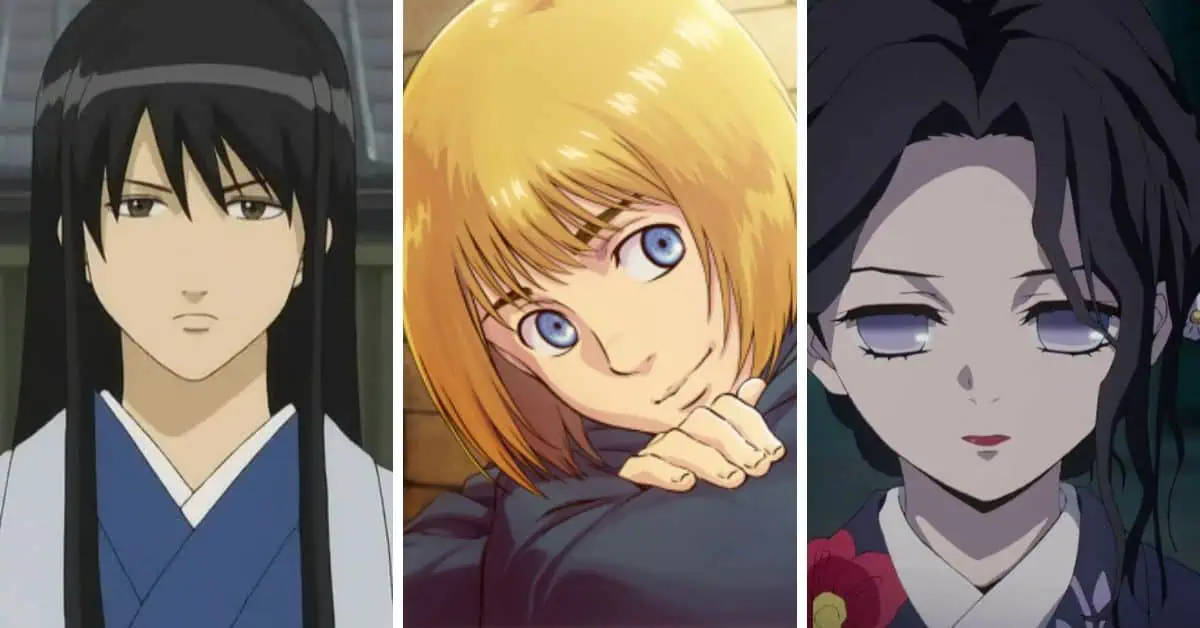If you’ve ever read a manga or light novel, you might have wondered how anime books are made. The process of creating these books is an exciting journey that involves a lot of creative work, teamwork, and attention to detail. From the initial story idea to the final print, many steps are involved in bringing these books to life. In this post, we’ll take a closer look at the process of creating anime books, including manga and light novels.
The Idea: Where It All Begins
Every great anime book starts with an idea. This could be a concept for a new world, a unique character, or a specific theme that the author wants to explore. Writers or mangaka (manga artists) often brainstorm and develop their ideas over time. They think about what their audience would enjoy and create a story that fits the anime or manga genre.
Once the idea is ready, the mangaka will create a rough outline of the story. This outline includes key plot points, character development, and the direction the story will take. Writers spend a lot of time refining the plot to make sure the story flows well and is engaging for readers.

The Script: Writing the Story
After the concept is developed, the next step in how anime books are made is writing the script. This is an important step because the script sets the tone for the entire book. For manga, the script will include the dialogue, character actions, and scene descriptions. It’s similar to a screenplay for a movie.
For light novels, the script is written in prose form, with more detailed descriptions and emotional depth. Light novels often focus more on the inner thoughts of characters, and the writer adds extra details that aren’t always shown in manga.
Once the script is complete, the writer and editor review it for any necessary changes. Editors help make sure the script is clear and engaging, suggesting improvements or pointing out areas that need work.
Drawing the Manga: Bringing the Story to Life
Now comes the fun part: drawing the manga. This is where the artist, or mangaka, brings the story to life through illustrations. The artist sketches the characters and scenes, turning the script into visual artwork.
Step 1: Storyboarding
First, the artist creates rough storyboards, also known as “thumbnails.” These are small sketches that show the basic layout of each page. They help the artist plan how the story will unfold visually. The storyboard helps with pacing, character placement, and the flow of action. At this stage, the details aren’t perfect, but the basic idea is there.
Step 2: Inking and Detailing
Once the storyboards are approved, the artist moves on to inking the drawings. Inking is the process of adding black lines and detail to the sketches. This is where the characters and backgrounds become sharper and more defined. After inking, the artist may add some shading or effects to give the artwork depth.
Step 3: Adding Screentones
Screentones are patterns used to fill in areas of the artwork with shading or texture. These can be used to add mood or emphasis to a scene. For example, dark screentones might be used during intense action scenes, while lighter tones may be used for calmer moments. The use of screentones is an important part of making the art visually appealing.
Step 4: Final Touches
After inking and screentones are applied, the artist will add the final touches. This includes refining the background, adding panel borders, and ensuring the flow of the action is clear. The dialogue is also added to the panels at this stage.
Publishing: Getting the Book to Readers
Once the manga or light novel is complete, it goes through the publishing process. For manga, this often means publishing chapters in magazines or online platforms. After a few chapters are released, the manga is compiled into volumes and published as books.
For light novels, the process is similar. Once the novel is written and edited, it is submitted to publishers who decide whether it will be printed. In some cases, light novels are adapted into anime or manga series as well.
In addition to publishing, marketing plays an important role in making sure the book reaches its audience. Publishers and authors work together to promote the book and generate interest, often through social media, websites, and conventions.
Conclusion
In conclusion, how anime books are made is a complex and fascinating process. From the initial idea and scriptwriting to drawing and publishing, it takes a lot of time and effort to bring an anime book to life. Whether it’s a manga with beautiful illustrations or a light novel with deep storytelling, every anime book is the result of creative teamwork. Next time you read a manga or light novel, remember all the hard work that went into making it!











